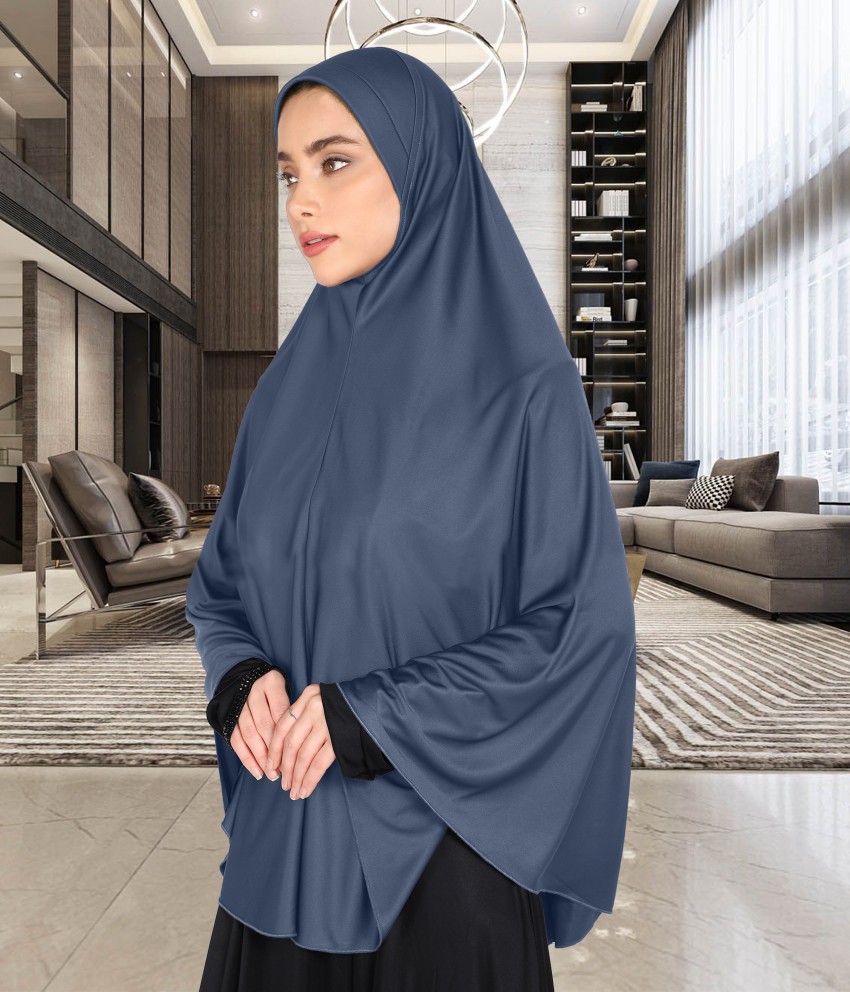
In recent years, the fashion industry has undergone a profound shift towards sustainability, with consumers and designers alike recognizing the importance of environmentally friendly practices. One notable trend within this movement is the emergence of the green abaya, a symbol of both modesty and eco-consciousness.
The abaya, a traditional garment worn by women in many parts of the Middle East, has long been associated with cultural identity and religious modesty. Typically black in color and flowing in design, it serves as a symbol of elegance and grace for many women. However, as sustainability becomes increasingly important globally, the fashion industry has responded with innovative approaches to traditional attire, giving rise to the green abaya.
So, what exactly makes an abaya “green”? In essence, it’s about prioritizing sustainable materials and ethical production practices throughout the garment’s lifecycle. This includes using eco-friendly fabrics such as organic cotton, bamboo, or recycled materials, as well as employing responsible manufacturing processes that minimize waste and reduce environmental impact.
One of the key benefits of the green abaya is its contribution to environmental conservation. By choosing fabrics that are grown and produced sustainably, the carbon footprint associated with the garment is significantly reduced. Organic cotton, for example, eliminates the need for harmful pesticides and synthetic fertilizers, which not only helps protect the environment but also safeguards the health of farmers and communities involved in its cultivation.
Furthermore, the green abaya promotes ethical labor practices within the fashion industry. By prioritizing fair wages, safe working conditions, and transparent supply chains, designers and manufacturers uphold the rights and dignity of workers involved in every stage of production. This commitment to social responsibility ensures that the beauty of the garment is not tarnished by exploitation or injustice.
Beyond its environmental and ethical considerations, the green abaya also offers a unique opportunity for cultural expression and creativity. Designers are reimagining traditional styles with modern twists, incorporating sustainable elements such as hand embroidery, natural dyes, and innovative silhouettes. This fusion of tradition and innovation not only celebrates cultural heritage but also showcases the potential for fashion to be both aesthetically pleasing and environmentally responsible.
Moreover, the popularity of the green abaya extends beyond its cultural origins, resonating with a global audience seeking stylish yet sustainable clothing options. As consumers become more conscious of the environmental and social impact of their purchasing decisions, the demand for eco-friendly fashion continues to grow. By embracing the green abaya, individuals can make a statement about their values while also making a positive contribution to the planet.
In conclusion, the rise of the green abaya represents a significant milestone in the evolution of sustainable fashion. By blending tradition with innovation, this environmentally friendly garment offers a compelling example of how cultural heritage and ethical principles can converge to create beautiful and meaningful attire. As we strive towards a more sustainable future, the green abaya serves as a beacon of hope, inspiring us to embrace fashion that not only looks good but also does good for the planet and its people.

